
Fibroids are Tumors of the Female Reproductive System. They are benign non-cancerous growths of Uterine muscles. Fibroids, also known as Uterine myomas, Leiomyomas or Fibromas, are firm, compact tumors that are made of smooth muscle cells and Fibrous connective tissue that develop in the Uterus. Fibroids generally appear as multiple tumors, though a single Fibroid is not rare. Many of the Women don't know they have Uterine Fibroids because they often cause no symptoms. Doctor may find out Fibroids incidentally during a Pelvic exam or Prenatal ultrasound. Sakthi Fertility is one of the best centre for diagnosis and treatment of Uterine Fibroid Tumours in Udumalpet, Coimbatore and Tamilnadu, providing Laparoscopic Surgery for Fibroid at low cost and less hospital stay.
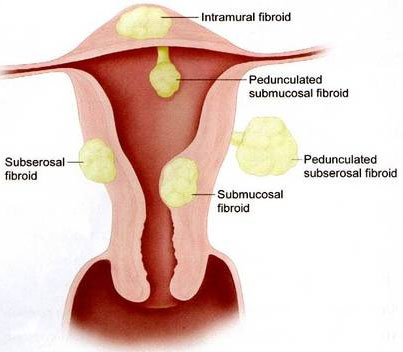
1.Hormones
The exact cause of Fibroids is unknown, but they've been linked to the hormone Oestrogen. Oestrogen is the Female Reproductive Hormone produced by the Ovaries (the Female Reproductive Organ). Fibroids usually develop during a Woman's reproductive years (from around the age of 16 to 50) when Oestrogen levels are at their highest. They tend to shrink when Oestrogen levels are low, such as after the Menopause (when a Woman's menstrural periods stop).
2. Family history
Fibroids may run in the family. If your mother, sister, or grandmother has a history of this condition, you may develop it as well.
3. Pregnancy
Pregnancy increases the production of Oestrogen and Progesterone in your body. Fibroids may develop and grow rapidly while you are Pregnant.
Fibroids may develop in different locations in and on the Uterus.
Intramural Fibroids
Intramural Fibroids are the most common type of Fibroid. These types appear within the muscular wall of the Uterus. Intramural Fibroids may grow larger and can stretch your Womb.
Subserosal Fibroids
Subserosal Fibroids forms on the outside of your Uterus, which is called the Serosa. They may grow large enough to make your womb appear bigger on one side.
Pedunculated Fibroids
When Subserosal tumors develop a stem (a slender base that supports the tumor), they become pedunculated Fibroids.
Submucosal Fibroids
These types of tumors develop in the middle muscle layer (Myometrium) of your Uterus. Submucosal tumors are not as common as other types, but when they do develop, they may cause heavy Menstrual bleeding and trouble in conceiving.
Some Women with Fibroids does not have any symptoms or have only mild symptoms, while other Women have more severe, disruptive symptoms. Each individual may experience different symptoms and the most common symptoms for Uterine Fibroids are
• Heavy bleeding between or during your periods that includes blood clots
• Pain in the Pelvis and/or lower back
• Pain during intercourse
• Menstruation that lasts longer than usual
• Pressure or fullness in your lower abdomen
• Swelling or enlargement of the abdomen
• Increased Menstrual cramping
• Increased urination
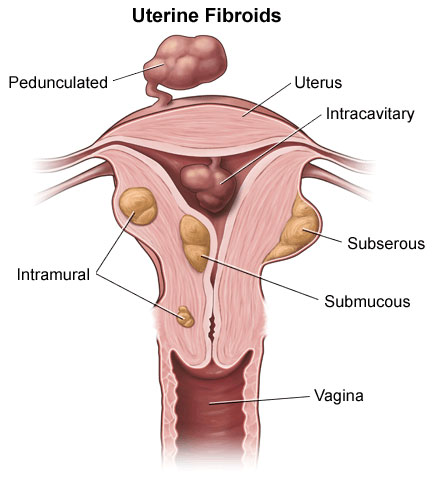
• Pelvic examination
• X- Ray
• Transvaginal Ultrasound scan
• Pelvic MRI
• Hysterosalphingography
• Hysteroscopy
• Blood test (to find out Anaemia (Iron Deficiency), if bleeding is caused by tumour)
• Fibroids can bring change in the shape or position of the Cervix or Uterus hampering the proper movement of the sperm
• Prevents smooth blood flow to the Uterus that is required to initiate implant
• Fibroids can block the Os (Ostium) of Fallopian Tubes and prevents fertilization
• Brings changes in the Uterine muscles that affect the proper Sperm and Embryo movement
• Bleeding: If the blood supply to the Fibroid is obstructed during Pregnancy, bleeding and pelvic pain can occur. Medical intervention is usually unnecessary as the bleeding tends to stop on its own
• Miscarriage: If blood flow to the placenta is reduced, a Miscarriage can occur
• Odd position of baby: A very large or oddly shaped Fibroid can force the baby into an awkward position, and a C-section delivery might be required
• Early delivery: Sometimes, if the Fibroid is very large, it will compete with the baby for space inside the Uterus. This can result in an early delivery
• Obstructed labour: Fibroids that are near the cervix or those that grow into the birth canal can prevent a natural delivery and may result in a C-section
• Postpartum Hemorrhage: A very large Fibroid may increase the risk of abnormal blood loss during delivery
Women are at greater risk for developing Fibroids, if they have one or more of the following risk factors:
• Pregnancy
• A familial history of Fibroids
• Women above the age of 30
• Being of African-American descent
• Having a high body weight
• Diet of having lot of red meat
Fibroids are common in about 2%-12% of Women. Though most of them do not grow in size or interfere with Pregnancies. But some of the Fibroids grows larger in size and suppress the blood supply to the Uterus resulting in intolerable pain leading to hospitalization.
Treatment plan can be based on age, the size of the Fibroid(s), and your overall health. You may receive a combination of treatments.
Medications
Medications to regulate hormone levels may be prescribed to shrink Fibroids. Gonadotropin Releasing Hormone (GnRH) Agonists, such as Leuprolide (Lupron), will cause your Oestrogen and Progesterone levels to drop. This will eventually stop menstruation and shrink Fibroids.
Other options that can help control bleeding and pain, but will not shrink or eliminate Fibroids, include:
• An Intra Uterine Device (IUD) that releases the hormone Progestin
• Anti-inflammatory pain relievers like Ibuprofen
• Oral contraceptive pills
Surgery
Surgery may be required to remove very large or multiple Fibroids (Myomectomy). An abdominal Myomectomy involves making a large incision in the abdomen to access the Uterus and remove the Fibroids. The surgery can also be performed laparoscopically, using a few small incisions into which surgical tools and a camera are inserted. Sakthi Fertility provides Fibroid surgery is at low cost in Udumalpet, Coimbatore, India.
Your doctor may perform a hysterectomy (removal of your uterus), if your condition worsens, or if no other treatment works. However, this means that you will not be able to bear children in the future.
Minimally Invasive Procedures
A newer and completely noninvasive surgical procedure is Forced Ultrasound Surgery (FUS). You will lie down inside a special MRI machine that allows doctors to visualize the inside of your uterus. High-energy, high-frequency sound waves will be directed at the Fibroids to destroy (ablate) them.
Similarly, myolysis shrinks Fibroids using an electric current or laser, while cryomyolysis freezes the Fibroids. Endometrial ablation involves inserting a special instrument into your uterus to destroy the uterine lining using heat, electric current, hot water, or microwaves. Surgeries like Laparoscopy and Hysteroscopy are generally done to remove Fibroids. However, the age of the patient, the position of the growth, severities of the symptoms are some of the factors that influence the mode of treatment.
Yes, they can come back again. Reason for Fibroids is mostly due to hormones. However, chances of the re-growth are minimal with Hysterectomy were a complete removal of the growth is done.
Fibroids are benign growths that rarely turn to cancer neither they encourage the chances of any other kind of cancerous growth in the uterus or ovaries.
We the Sakthi Fertility serves the best in diagnosis and treatment of Uterine Fibroid tumours, laparoscopic surgery and infertility treatment clinics in Udumalpet, Coimbatore, Tamilnadu and many infertility couples are benefitted with our treatment and have a complete family. Sakthi Fertility has skilled specialist in infertility treatment, innovative financing programs, patient friendly, provides the best services to fulfil the people's dream of having a baby.
For More Information: +91 96 26 700 900
Consult Us
We are here to answer any questions about your fertility treatment and we'll respond as soon as we can.





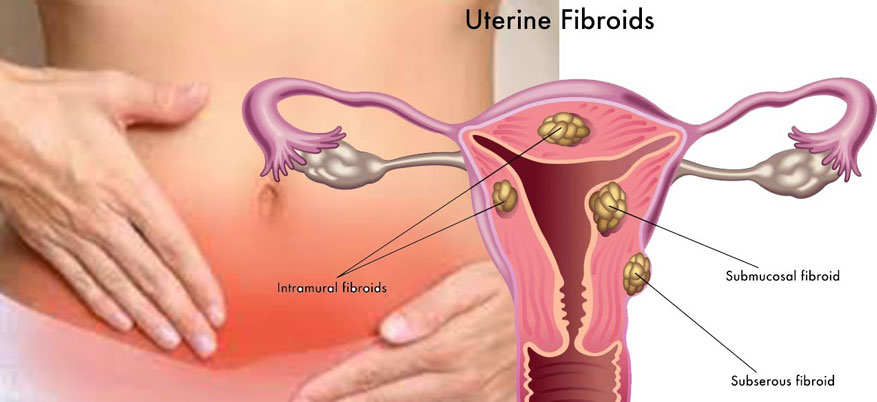
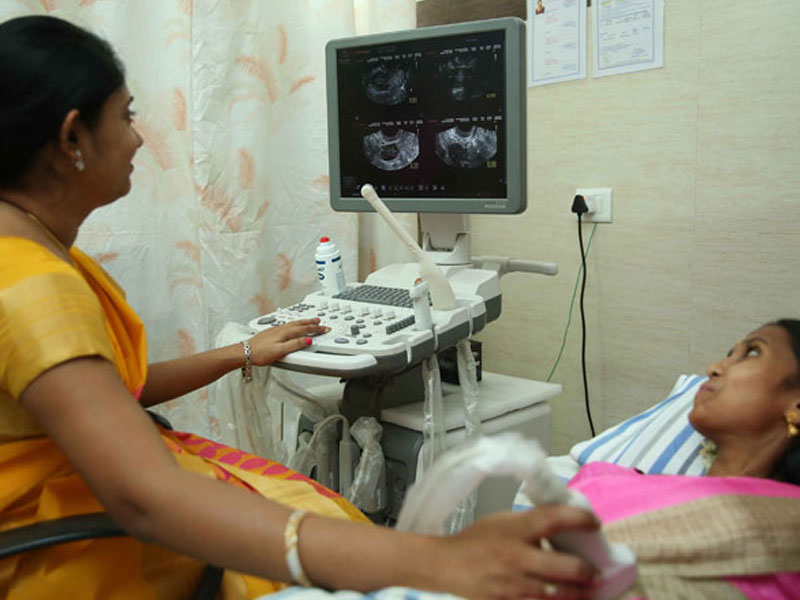










.png)
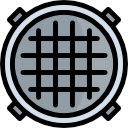


.png)
.png)
.png)

.png)
